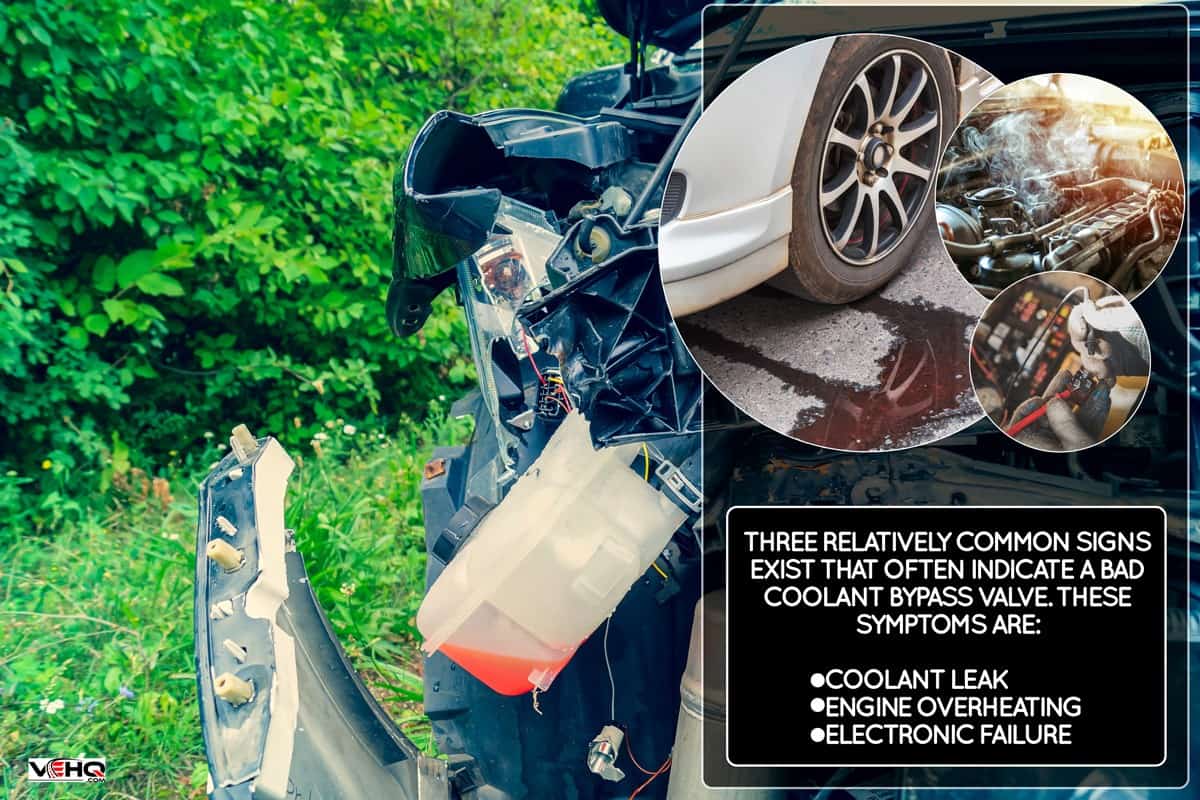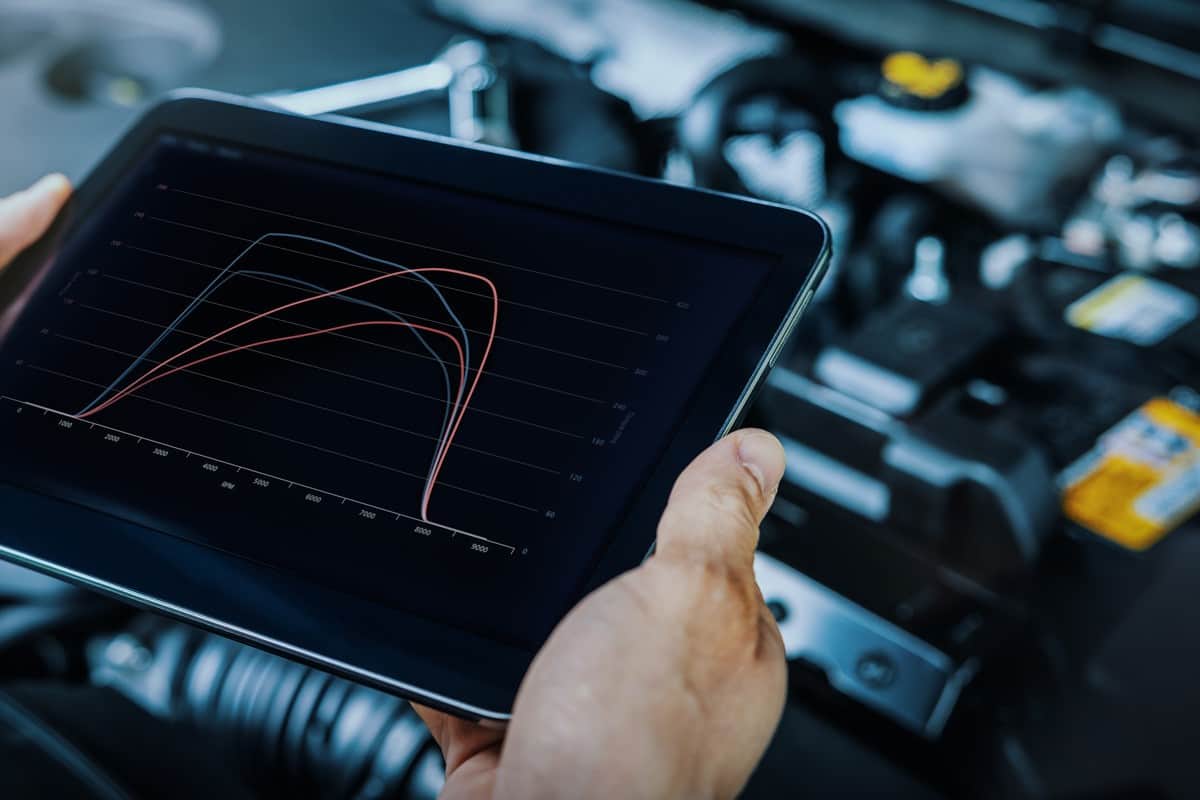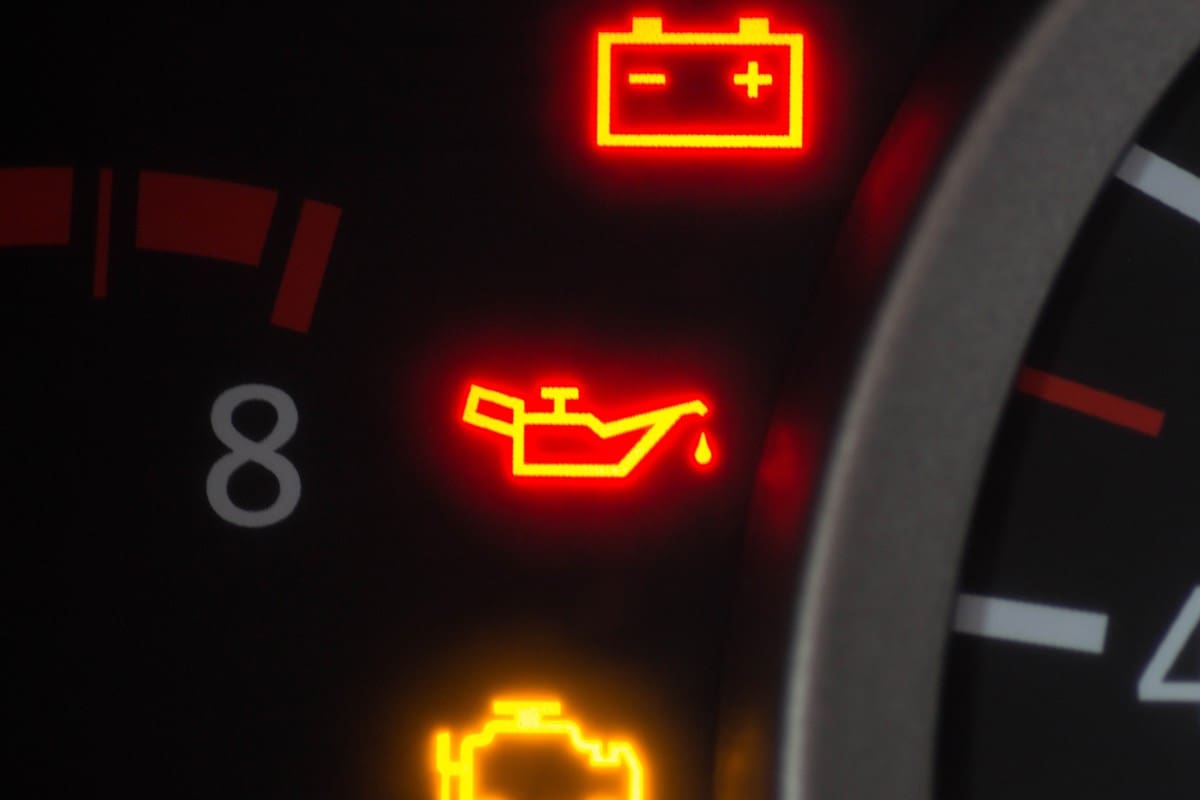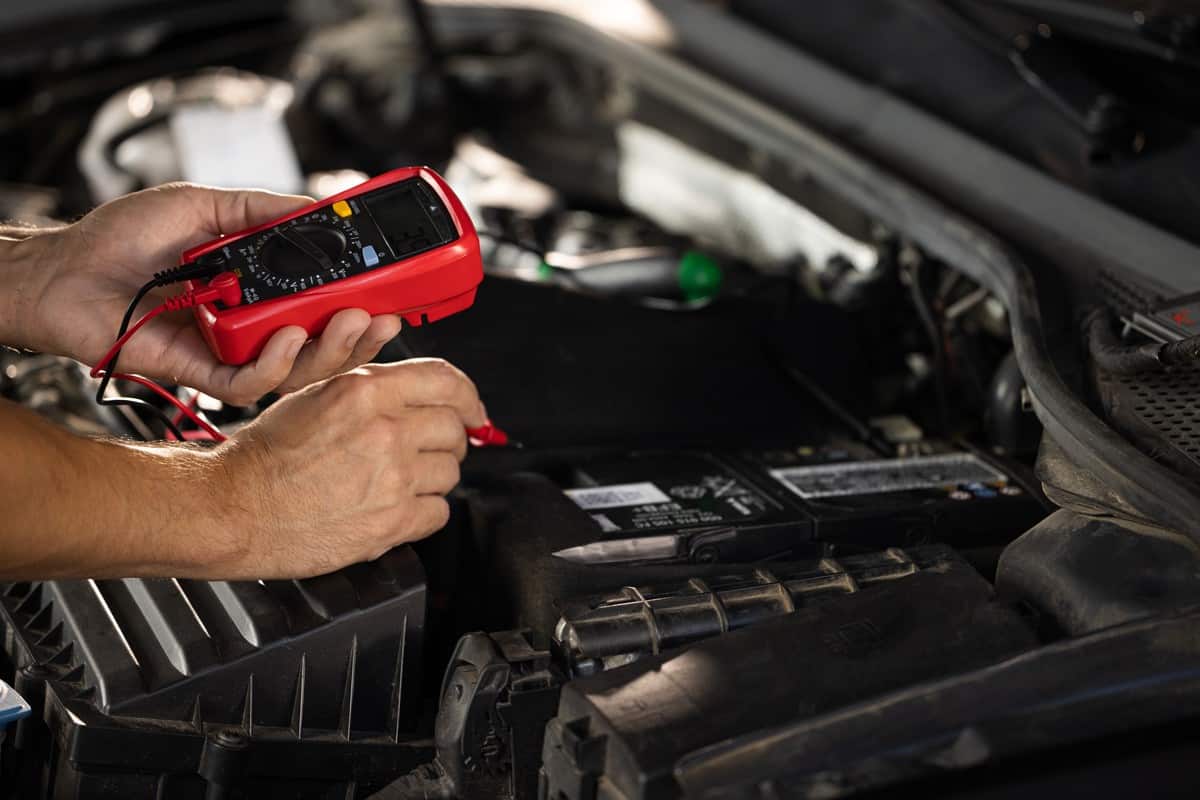Your car is acting up, and you have an inkling that its coolant bypass valve is at fault. But what are the signs that this component is failing? We've researched this concern for your convenience, and here’s what we found.
Three relatively common signs exist that often indicate a bad coolant bypass valve. These symptoms are:
- Coolant leak
- Engine overheating
- Electronic failure
You should learn as much as you can about these possible signs of coolant bypass valve failure. That way, you can use the appropriate techniques to solve the problem at its source. Continue reading as we talk about these symptoms in greater detail.

Signs Of A Bad Coolant Bypass Valve

Coolant Leak
The presence of coolant puddles underneath your parked vehicle might suggest a problem with the coolant bypass valve. Coolant leaks often come in different colors, including pink, green, and bluish-green. If you find these pools of colored liquid under your car, check the bypass valve for cracks or gaps.
Engine Overheating
The lack or absence of coolant because of a faulty coolant bypass valve may result in the engine becoming hotter than normal. Take note that the typical operating temperature of a car engine is about 195 to 220 degrees Fahrenheit. Temperature levels higher than that range can lead to serious engine problems.
Electronic Failure
Vehicle software problems might also lead to the coolant bypass valve malfunctioning. If so, the check engine light may also illuminate and persist until the problem disappears.
Other Symptoms
Apart from the looking for the possible signs mentioned above, you can also use an OBD-II scanner to check for error codes. Many vehicles have dedicated error codes for coolant bypass valve failures.
For example, the P2681 error message indicates that the control circuit for the coolant bypass valve is open. If so, certain parts might need replacing, such as the engine coolant temperature (ECT) sensor, powertrain control module (PCM), or speed sensor.
Check out this OBD-II scanner on Amazon.
How To Test A Coolant Bypass Valve?
Take note that you can stop troubleshooting at any time once you find the source of your coolant bypass valve's issue. Once you’re ready, start testing by following these steps:
What You’ll Need
- Floor jack
- Jack stands
- Wheel chocks
- Drain pan
- Multimeter
- Screwdriver
Step-By-Step Guide
Step #1: Remove The Coolant Bypass Valve
Turn off the car’s engine and engage the hand or parking brake. Next, raise the front of the vehicle with the floor jack. Add jack stands to the setup to prevent the car from falling if the jack fails. It’s also a good idea to chock the grounded wheels to prevent the vehicle from moving.
Step #2: Drain The Leftover Coolant
Go underneath the vehicle and locate the radiator drain valve. Slide a drain pan underneath that component. Then, loosen and remove the radiator drain valve to allow the coolant to escape into the drain pan. Once finished, return the drain valve to its original location.
Step #3: Remove The Coolant Bypass Valve
It’s important to note that this step may require additional steps depending on your specific vehicle model. Check your owner’s manual if you find it difficult to remove the coolant bypass valve.
With that said, start by opening the hood and moving the different hoses out of the way to gain access to the coolant bypass valve. You may need to disconnect some of the lines to reach that part.
Next, remove the bolts securing the coolant bypass valve in place. Make sure to store the bolts in a safe yet fairly obvious spot as you might need them later. Then, pull the valve out of its mount carefully.
Warning: Don’t attempt to remove the coolant bypass valve while the engine is still hot. If it’s still hot, allow it to cool for a few minutes before removing that component.
You can also watch the video below if you want to see a visual reference of how to remove a coolant bypass valve:
Step #4: Inspect The Bypass Valve
With the coolant bypass valve out of the engine, check it for signs of physical harm. Inspect for things like cuts or burn marks.
If those signs aren’t visible, connect it to a multimeter to check if the valve can hold a charge. Replace the coolant bypass valve if the multimeter didn’t detect signs of electrical resistance (measured in ohms). If the multimeter shows a reading, proceed with further troubleshooting.
Next, use your screwdriver to unscrew the bypass valve’s exterior shell. Remove the casing, and inspect the valve’s interiors for signs of corrosion or gunk buildup. Clean the substance buildup using the appropriate cleaning methods.
Once cleaned, return the valve’s outer shell and reconnect the bypass valve to the engine. At this point, it doesn’t need to be a clean installation.
Then, restore the coolant to its reservoir and turn on the engine. Check if the problem persists while the engine is running. If there are still signs that the coolant bypass valve is still faulty, it might be best to replace it or risk further harm to the vehicle.
You can also watch the video below to see how to inspect a faulty coolant bypass valve:
Take note that a faulty coolant bypass valve may also lead to the car's AC malfunctioning, especially while driving on a highway. Read our post on this subject matter to learn more about it.
How To Replace The Coolant Bypass Valve?

Take note that it might be best to let professionals handle this repair if you feel that you’re not up to the task. Still, continue reading this section to gain insight into the steps needed to replace a bad coolant bypass valve:
What You’ll Need
- Floor jack
- Jack stands
- Drain pan
- Screwdriver
- Socket wrench
- Engine coolant
- Funnel
Step-By-Step Guide
- Turn off your vehicle’s engine and allow it to cool.
- Raise the vehicle with the floor jack and install jack stands.
- Place a drain pan underneath the coolant reservoir.
- Remove the drain valve to let leftover coolant escape into the pan.
- Open the hood and locate the faulty coolant bypass valve.
- Once found, you may need to move or disconnect some hoses to gain access to the valve.
- Flip the tab to loosen the valve (if it exists)
- Use a screwdriver or socket wrench to remove the screws or bolts securing the valve.
- Pull out the faulty coolant bypass valve from its mount.
- Secure the new valve with the screws or bolts removed earlier and close the tab.
- Refill your vehicle’s coolant levels with a fresh batch.
- Remove the jack stands and lower the vehicle.
- Turn on the engine and check if any of the prior symptoms persist.
Check out this replacement coolant bypass valve on Amazon.
Tip: If you want to reassure yourself that the new coolant bypass valve is working as intended, you can connect an OBD-II scanner to your vehicle. Then, inspect if any error codes pertaining to the valve appears.
Watch the video below if you want to see this process in action:
Is It Safe To Drive With A Bad Coolant Bypass Valve?

The answer to this particular question usually depends on the extent of the harm or error encountered by the coolant bypass valve. For instance, it might still be safe to drive your vehicle if you’re not experiencing overheating issues despite the faulty valve.
However, stop driving your car and have it towed if you’re encountering symptoms that seem like the vehicle's being harmed by the bad valve. If so, have the vehicle towed to a reliable auto repair shop for experts to fix the problem.
How Much Does It Cost To Replace A Coolant Bypass Valve?

Coolant bypass valve replacement costs often depend on different factors, including the car’s model and manufacturer. For example, expect to pay around $358 to replace that component for a 2012 Jeep Wrangler. However, the expenses for the replacement might be approximately $211 for a 2007 Infiniti G35.
At this point, you might also be wondering if you can replace a head gasket without removing the engine. If so, you can read our post highlighting that concern to know the answer.
Final Thoughts
Remember, a bad coolant bypass valve can lead to additional problems for your car if left unchecked. Inspect for signs like a coolant leak or your engine overheating. If so, you may replace the valve to restore your vehicle’s normal functions. Otherwise, send your car to a reliable automotive repair shop if you believe you don’t have the confidence or skill to complete this replacement task by yourself.


